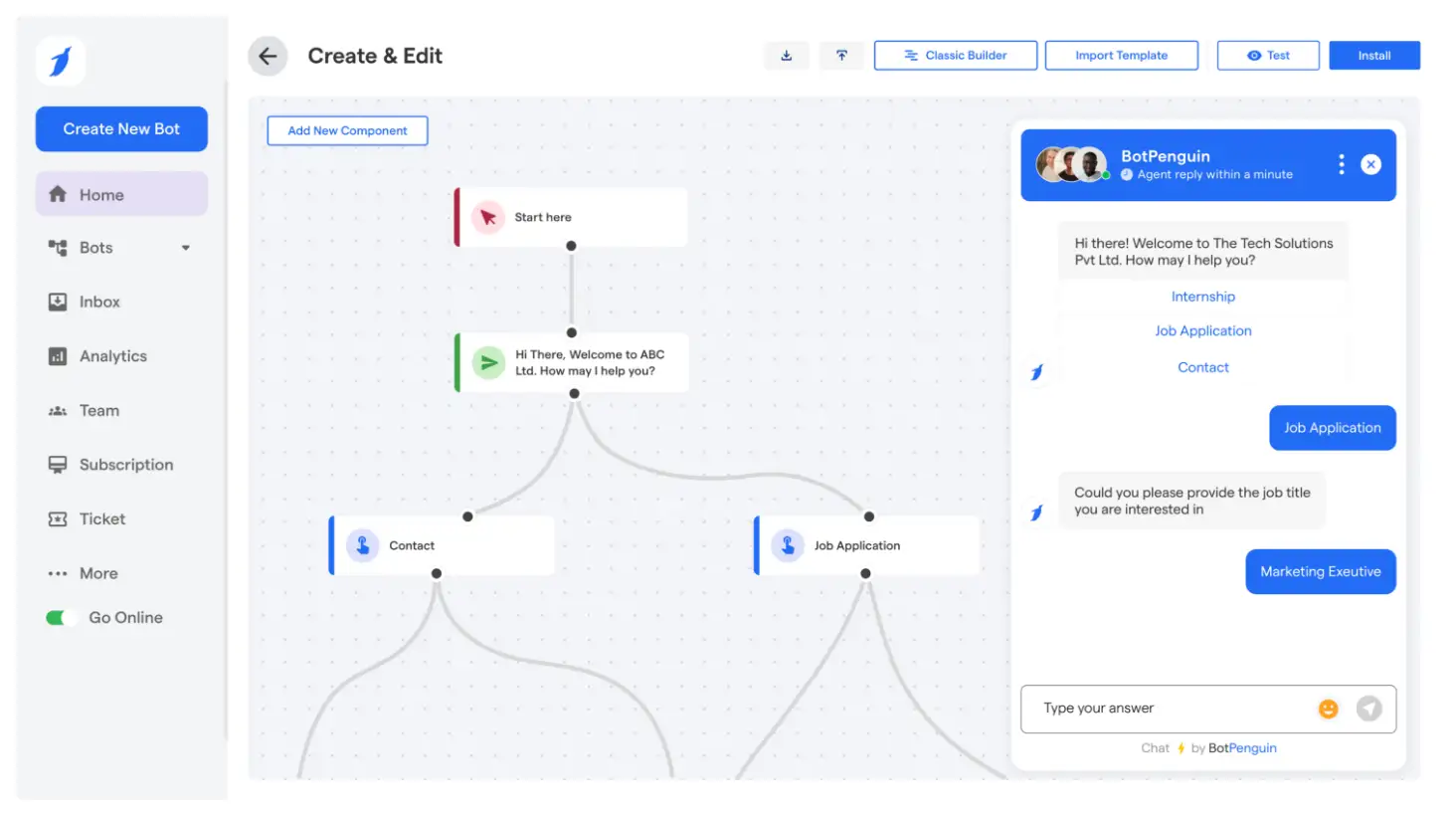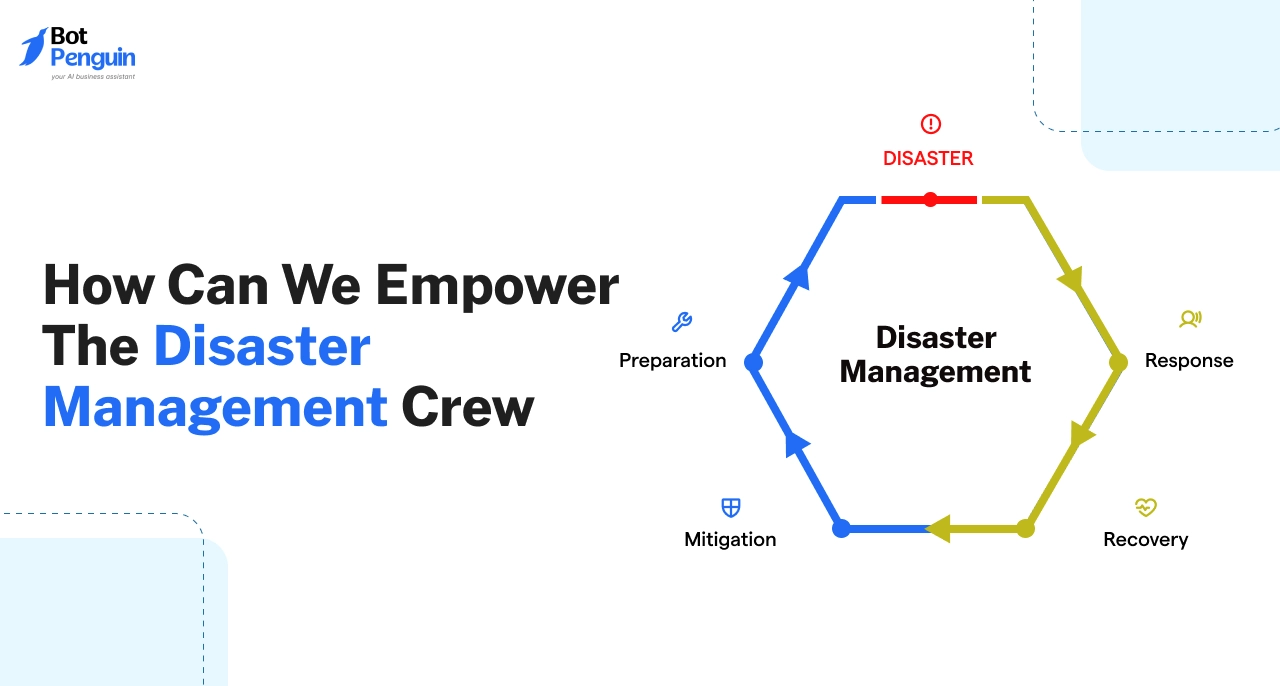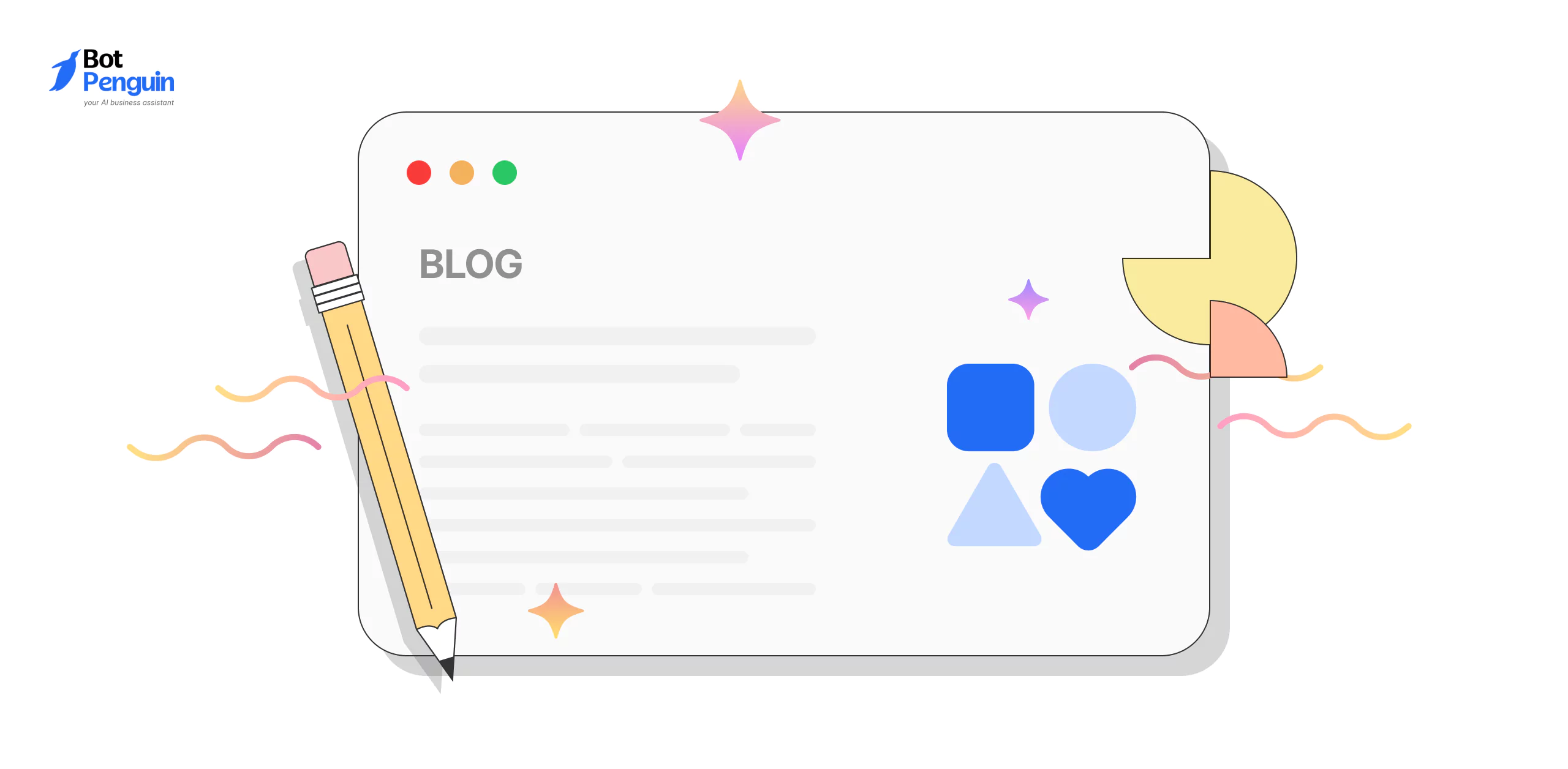They save lives but often have no one saving theirs.
Disaster response crews walk into chaos with broken systems, outdated tools, and barely any mental support. They work 12-hour shifts, sleep in their boots, and carry emotional trauma long after the headlines fade.
While we applaud their bravery, most teams still lack the one thing they truly need: support that actually helps. Not more rules. Not more forms. Not more pressure.
Empowering disaster management crews isn’t about pushing them harder. It’s about clearing the noise, giving them clarity, and removing the burden of things that shouldn’t slow them down.
This guide breaks down exactly how we can do that—through better leadership, practical tools, and systems that protect the protectors.
Because in every crisis, they show up for us. It’s time we do the same for them
Core Challenges Faced by Disaster Response Teams
Disaster response is all about pressure, precision, and perseverance under chaotic conditions.
But behind every swift operation are unresolved structural issues that crews face every single day. These are not isolated problems.
They’re consistent, deeply embedded challenges that stretch responders thin, delay decisions, and ultimately risk lives. Before we talk about empowerment, we must first address what’s draining these teams at their core.
Emotional and Psychological Strain
Disaster crews are trained to stay composed in high-stress situations. But emotional exposure takes a toll.
- Constant interaction with distress, loss, and trauma
- Lack of built-in recovery time or structured decompression
- Limited access to mental health support during operations
- Normalization of burnout and emotional fatigue
The emotional weight doesn’t just slow them down but it lingers. And without any systematic psychological resilience programs, many responders push through until they mentally break. Empowerment must start by treating mental strength as operational readiness, not as an afterthought.
Communication and Coordination Gaps
Effective disaster management depends on information and how fast it moves and how clearly it’s understood.
- Fragmented tools (radios, chat apps, spreadsheets) disrupt sync
- No unified source of truth for updates, SOPs, or location changes
- Delayed or inconsistent communication across departments
- Information silos between logistics, rescue, and volunteer groups
The result is misalignment across teams, increased response times, and higher chances of error. Communication systems must be streamlined and intuitive, so field teams and central operations function as one coordinated unit.
Resource and Workflow Limitations
Even the most experienced teams can only do so much with broken systems and limited capacity.
- Manual processes slow down critical decisions
- Lack of automation for repetitive tasks and status updates
- Absence of field-ready digital tools for SOP access or task tracking
- Underinvestment in scalable platforms like chatbots or mobile-based systems
Instead of relying on paper logs or manual confirmations, teams need lightweight tools that simplify reporting, task delegation, and coordination.
A custom chatbot system or a smart inventory management system can reduce the cognitive load and free up time for what truly matters—saving lives.
Volunteer Management Breakdown
Volunteers can strengthen relief efforts—but without structure, they can just as easily disrupt them.
- No onboarding workflows to assign roles or give instructions
- Repetition or overlap in volunteer efforts due to unclear delegation
- Higher stress for trained teams who must also manage incoming help
- Difficulty communicating expectations across diverse volunteer groups
Volunteer participation should feel like support not another layer of work for disaster crews. This requires automated onboarding systems, clear communication tools, and centralized task assignment that works in real time. That way, volunteers become enablers, not blockers.
These challenges are not new, but they’ve been tolerated for too long.
The mental load, the fractured systems, the delays, the redundancies—all of it adds up. Disaster response is already complex. But with these structural gaps in place, it becomes even harder to carry out the mission.
Real change starts with removing the layers of friction that slow responders down.
It means replacing manual processes with scalable tools. Replacing silence with structured emotional support. Replacing disjointed actions with connected workflows.
This is where empowerment begins—not with good intentions, but with real, operational upgrades.
And that’s what we’ll focus on next:
How Can We Empower the Disaster Management Crew
Every inefficiency, every misstep, and every delay highlighted earlier stems from one core issue: a lack of support at the foundational level. Disaster response teams don’t need applause.
They need systems that serve them. They need cultures that protect their energy and tools that adapt to their reality.
Empowerment isn’t a single solution. It’s a combination of small, intentional shifts that reduce load, build clarity, and restore control. The goal isn’t to make them work harder—it’s to help them work better, with more confidence and less chaos.
Here are three pillars where real empowerment begins: psychological strength, leadership clarity, and the right technology.
Mental Health Integration and Emotional Resilience
Response teams are expected to absorb trauma and keep going. But mental strength isn’t automatic; it’s built, supported, and protected.
- Create safe spaces for emotional decompression
- Train field leaders in Psychological First Aid (PFA)
- Normalize peer check-ins after high-impact missions
- Provide digital mental health resources accessible in the field
Scenario: After a multi-day rescue operation during a flood, responders reported signs of fatigue, irritability, and emotional numbness. Instead of pushing forward, a 20-minute peer-led debrief was held on-site. The simple act of sharing and listening helped release pressure and renewed their focus.
Mental health systems don’t have to be complex. Even a basic, consistent process of check-ins and post-mission conversations can drastically improve long-term performance and morale.
True empowerment begins when emotional recovery becomes an integral part of the mission, rather than something separate from it.
Leadership Development and Team Culture
In high-stress situations, leadership isn’t just about giving orders—it’s about anchoring the team.
- Train field leaders in adaptive and inclusive leadership styles
- Use “train-the-trainer” models to scale internal learning
- Promote role clarity to reduce overlap and confusion
- Encourage feedback-led team culture, not command-and-control
Scenario: In an earthquake zone, two teams arrived with similar mandates—logistics and distribution. Tension rose as responsibilities blurred. The team lead quickly initiated a realignment, reassigning roles based on skill and current need. Within an hour, duplication was eliminated and supply movement doubled.
Leadership training needs to go beyond SOPs. It should equip people with skills to navigate team dynamics, conflict, and real-time decision-making. When leaders feel equipped, teams perform without internal friction.
A culture built on clarity, trust, and shared responsibility empowers faster action—even in unpredictable conditions.
Technology and Tool Enablement
Good tech doesn’t replace humans—it supports them.
Most disaster teams are stuck with outdated systems that demand extra time and energy. What they need are tools that reduce friction, not add to it.
- Deploy chatbots for non-critical but time-sensitive queries
- Use cloud-based platforms for SOP access, shift tracking, and alerts
- Automate volunteer onboarding and resource coordination
- Introduce mobile-first tools that work offline when needed
Scenario: During a wildfire response, volunteers kept flooding team leads with basic questions: “Where do I report?”, “What’s the process for food distribution?”, “Who’s handling logistics?”. A chatbot deployed via WhatsApp answered these in real time, allowing team leads to focus entirely on coordination.
Simple tools, when deployed intentionally, save hours of manual work each day. A mobile-accessible knowledge base, a chatbot for structured communication, or a centralized inventory management system can create massive relief for both command and field-level operatives.
Empowerment through tech isn’t about complexity. It’s about fit. The solution must match the reality of crisis response—fast, mobile, and intuitive.
When these three pillars—mental resilience, adaptive leadership, and contextual technology—are prioritized, disaster crews are no longer just surviving the mission. They’re navigating it with clarity and capacity.
Each pillar supports the others. A calm mind supports better leadership. A strong leader embraces better tools. And great tools reinforce mental ease.
This is how you build a crew that isn’t just reactive—but ready.
So how do you put all this into action, starting today?
That’s exactly what we’ll cover next.
A practical, step-by-step framework for non-profits and emergency response teams to build real-world, scalable empowerment.
An Actionable Framework for Non-Profits and Emergency Teams
Empowerment doesn’t happen in a workshop. It happens on the ground when responders feel less burdened and more supported.
In the previous section, we explored the key pillars: mental resilience, strong leadership, and right-fit technology. Now, it’s time to bring that into action.
Nonprofits and emergency teams often work with limited resources. But systems don’t need to be expensive to be effective. What they need is structure. A way to reduce friction. A way to guide volunteers, align crews, and simplify decisions in moments that feel overwhelming.
This 5-step framework offers that structure.
Each step is designed to be practical, quick to implement, and high-impact, especially in high-pressure environments.
✅ Step 1: Audit Mental Health Gaps and Communication Flow
Before adding new systems, assess what’s not working.
- Identify whether field teams have access to debriefs or check-ins
- Evaluate if Psychological First Aid (PFA) is part of leadership training
- Map current communication tools—highlight duplication, delays, and disconnects
- Document who receives updates, how fast, and in what format
Start simple. Even a spreadsheet audit of team check-ins and communication timelines can highlight where responders feel unsupported or misinformed. This becomes the foundation for every action that follows.
✅ Step 2: Automate Routine and Repetitive Tasks
Repetition adds friction—especially when manual. Identify the touchpoints that waste time without needing human judgement.
- Use chatbots to answer common volunteer or citizen questions
- Automate SOP sharing using keyword-triggered message
- Replace paper-based updates with chatbot or app-based check-ins
- Implement QR codes at relief stations for instant access to information
These are not heavy-duty tools. A simple chatbot deployed on WhatsApp can handle hundreds of inquiries without supervision. This offloads mental bandwidth and brings consistency across operations.
This is where tools like a custom chatbot or lightweight task assistant can drive immediate value without the need for deep integration.
✅ Step 3: Train Field Leads in Psychological First Aid (PFA)
Field leaders need to be more than operational anchors. They’re often the emotional core of the team.
- Offer PFA micro-trainings during pre-deployment briefings
- Equip team leads with daily check-in prompts
- Distribute mobile-friendly content on emotional fatigue signs
- Embed PFA checklists in daily action plans
The goal here isn’t to turn leaders into therapists. It’s to give them basic awareness and tools to spot early burnout and reduce emotional fallout. This helps teams stay connected, not just coordinated.
✅ Step 4: Centralize SOPs and Protocols for Easy Access
Confusion increases when people don’t know where to look.
- Collect all standard operating procedures in a single repository
- Tag SOPs based on type (rescue, logistics, health, volunteer onboarding)
- Make the resource accessible via mobile, even offline
- Use chatbot interfaces or searchable folders with quick navigation
When a responder can access the latest evacuation protocol with a quick message or scan, they no longer rely on memory, printouts, or waiting for leads. This clarity reduces both errors and stress.
If you’re using a knowledge base or chatbot for SOP delivery, ensure it’s multilingual and mobile-first to support wide field usage.
✅ Step 5: Integrate Lightweight Tools that Reduce Field Confusion
Technology should reduce complexity, not add layers.
- Use chatbots to guide volunteers through onboarding
- Set up automated broadcast channels for group-specific updates
- Collect incident reports using structured chatbot flows
- Enable fast segmentation of information (medical team, logistics team, citizens)
Example use case: One chatbot could collect daily supply status from each zone using a fixed template, compile it, and auto-send it to the logistics lead. No calls, no delays, no double entry.
Even basic tools can create high-impact clarity when they’re well-positioned. Choose tools that work with your crew’s current habits—not against them.
This framework isn’t a one-size-fits-all strategy.
It’s a flexible structure built for rapid implementation and repeatable success. Whether you're a large humanitarian organization or a five-person relief crew, these five steps help you reduce noise and focus on what matters most—supporting people in their most difficult moments.
And while structure brings efficiency, technology brings scale.
But it’s not about replacing people—it’s about reducing their cognitive load, so they can lead with more focus, more empathy, and more impact.
In the next section, we’ll break down how technology—used the right way—becomes the invisible support system every disaster crew needs.
Not as a replacement, but as a quiet, constant ally.
The Role of Technology in Human-Centered Response
In disaster response, that pressure builds quickly. Crews are expected to act fast, manage chaos, handle logistics, and stay emotionally available to those affected.
That’s a heavy cognitive load, even for trained professionals. And when the system asks too much of the human mind, mistakes follow—not because of incompetence, but because of exhaustion.
This is where technology steps in. Not to take over, but to quiet the noise.
The right tools don’t replace human empathy or decision-making. Instead, they remove distractions. They answer repetitive questions. They simplify reporting. They reduce time spent chasing information—so crews can focus on what only humans can do: leading, listening, and responding with care.
Technology, in this context, is not about automation for the sake of efficiency. It’s about clarity, speed, and emotional room to breathe.
Offloading Repetition to Regain Focus
Not every task in a crisis requires a human touch. Many are repetitive, informational, and predictable.
- Answering the same volunteer onboarding questions
- Repeating SOPs or safety instructions to every new team
- Manually updating shift rosters or supply statuses
- Fielding citizen queries like “Where is the nearest shelter?”
These tasks, while important, can be easily handled by smart systems. A custom chatbot, for instance, can serve as a 24/7 knowledge center. It delivers standard protocols, routes basic questions, and reduces the back-and-forth that drains crew time.
This is how you free mental space—not by cutting corners, but by redirecting effort.
Structuring Information Flow in Real Time
During emergencies, delays in information are costly. But so is confusion.
- Updates shared across 10 group chats
- Volunteers missing location changes
- Field staff waiting on verbal confirmation to act
- Team leads overloaded with constant status checks
A centralized broadcast system or segmented alert tool ensures the right message reaches the right people at the right time. It eliminates redundant messaging and ensures responders don’t miss mission-critical updates while scrolling through chat histories.
This approach transforms communication from reactive to proactive, reducing decision fatigue and promoting operational confidence.
Delivering Protocols and Guidance on Demand
Field responders can’t afford to second-guess instructions. They need access to protocols anytime, anywhere, without waiting.
- SOPs buried in PDFs or paper binders create lag
- Searching for updated procedures eats up precious minutes
- Information loss between HQ and field increases mistakes
A mobile-accessible knowledge base or chatbot-powered SOP delivery system solves this. Whether it's evacuation instructions, contact points, or hazard protocols, the responder can retrieve them in seconds—structured, accurate, and current.
It’s about reducing anxiety and making sure everyone operates with the same set of facts. That’s the foundation of consistency in field response.
Capturing Ground-Level Data Without Disruption
Reporting is essential. But in disaster zones, the method of collecting it can become a problem.
- Paper forms are easy to lose or misread
- Manual logs delay updates and strain responders
- Critical feedback often gets buried or skipped entirely
By using chatbot flows or mobile forms, teams can log incidents, supply needs, or situational changes quickly—without stopping their work. These tools can auto-tag reports, send them to the right dashboard, and create instant visibility for coordinators.
For non-profits handling multiple response units, this level of insight is invaluable. It brings transparency without pressure—and action without overload.
Supporting Multilingual, Multi-Channel Access
Disasters don’t wait for perfect conditions. And neither do the people affected.
- Responders often work across diverse regions and languages
- Citizens may have access only to basic mobile tools
- Volunteers need support across platforms—Messenger, WhatsApp, web
A tech stack that supports multilingual, multi-platform access ensures inclusivity. It means no responder or citizen is left out because of language or limited internet.
Using a mobile-friendly chatbot with built-in translation and offline readiness ensures communication never stops—even when everything else does.
Technology isn’t the solution—it’s the support.It exists to carry the weight around the responder, not add more to them.
By offloading the noise, reducing friction, and providing just-in-time guidance, tech enables crews to stay focused, grounded, and human. Because when a field team knows the basics are handled, they show up more present—for their mission and for each other.
And this is exactly where purpose-built solutions come in. In the next section, we’ll explore how BotPenguin empowers non-profits to implement this kind of human-first technology—quietly, powerfully, and without code.
Meet BotPenguin: A Quiet Tech Ally for Non-Profit Missions

When response teams are stretched thin, the best kind of technology is the one that works quietly in the background, easing pressure without disrupting flow. That’s exactly what BotPenguin is built for.
Disaster operations and non-profit teams often face challenges like repetitive questions, uncoordinated volunteers, and overwhelmed communication lines. These aren’t failures in commitment.
They’re capacity gaps. BotPenguin fills those gaps by automating essential communication, giving teams more time and space to focus on what really matters.
This is not about replacing human effort. It’s about making it more effective.
What is BotPenguin?
BotPenguin is a no-code, AI-powered chatbot platform designed for non-profits and emergency response teams.
It helps automate:
- Volunteer communication
- Citizen support
- Operational updates
- Survey and feedback collection
All of this works seamlessly across platforms like WhatsApp, Instagram, Telegram, Facebook Messenger, websites, SMS, and more. No coding or tech expertise is required to get started.
Example: While your core team focuses on on-ground coordination, BotPenguin quietly handles 150+ queries about shelter locations, relief supplies, or volunteer instructions, all in real time.
How It Can Help
Here are 8 practical ways BotPenguin supports disaster response teams and non-profits by simplifying communication and increasing capacity without increasing workload.
✅ 1. 24/7 Information Hub for Field Crews and Volunteers
BotPenguin provides instant access to SOPs, safety checklists, and contact directories. Crews can retrieve what they need without waiting on a human response.
Example: A responder asks “Evac SOP” via WhatsApp and receives the full protocol in seconds.
✅ 2. Volunteer Onboarding and Guidance
New volunteers can be guided through signup, training steps, and task assignment automatically. This reduces confusion and speeds up deployment.
Example: A chatbot sends a location map and checklist the moment a new volunteer registers.
✅ 3. Personalized Real-Time Alerts and Updates
Fast communication matters during emergencies. But sending the same message to everyone often creates noise instead of clarity.
BotPenguin helps you send targeted updates to individuals based on their role, location, or needs.
Volunteers can receive personal shift reminders. Field responders can get updates about their assigned area. Donors can receive automated thank-you messages with their donation invoice.
Example: A volunteer working in Zone 4 gets an instant update when a route changes, while a donor receives a personalized message acknowledging their support.
This approach keeps communication focused, relevant, and easy to act on.
No confusion. No overload. Just the right message—delivered at the right moment.
✅ 4. Stress Relief and Mental Health Resource Delivery
BotPenguin can discreetly offer wellness check-ins, hotline numbers, and emotional support tips. It also helps direct users to counselors or peer support resources.
Example: After a long shift, a team member receives a short breathing exercise and link to support.
✅ 5. Crowdsourced Incident Reporting
Crew members and even civilians can report issues like blocked roads or urgent supply needs through chat flows. Reports are automatically structured and ready for review.
Example: A field volunteer reports “Medical needed, Zone 3” and the message is routed to the health lead.
✅ 6. Guiding Affected Citizens with Essential Information
BotPenguin answers FAQs from the public about shelter locations, food aid, or transport assistance.
Example: A citizen messages “Relief camp near me” and receives an instant link to the nearest site.
✅ 7. Post-Disaster Feedback Collection and Debriefing
Surveys can be automatically sent to gather reflections from volunteers and citizens. This helps improve preparedness for the next response.
Example: Two days after a mission, all volunteers receive a 3-question debrief survey via WhatsApp.
✅ 8. Multilingual, Multi-Platform Communication
BotPenguin supports multiple languages and runs across WhatsApp, Facebook Messenger, and websites. This makes communication inclusive and accessible.
Example: A citizen sends a message in their local language and still gets a relevant, helpful response.
Use Cases Overview
Conclusion: Tech That Listens, So Humans Can Lead
When a responder doesn’t have to ask twice for an SOP, when a volunteer knows exactly where to go, when emotional check-ins are part of daily rhythm—that’s empowerment. And it’s built through systems that respect the limits of human energy.
We don’t need more dashboards. We need tools that listen, guide, and disappear when not needed.
Technology like BotPenguin shows how a quiet layer of automation can reduce chaos and protect what matters most—clarity, connection, and care.
Admiration is not enough anymore. Disaster crews deserve more than applause.
They need structure that holds, systems that scale, and support that doesn’t add to their load.
When technology steps back, humans step forward. That’s how we prepare for the next crisis—not with noise, but with strength.
Frequently Asked Questions (FAQs)
How can a chatbot really help in disaster response?
A chatbot helps by handling repetitive, time-sensitive communication like SOP requests, volunteer instructions, or public FAQs.
This reduces pressure on team members and ensures consistent information is always available, even when leaders are busy or offline.
Will using BotPenguin require technical skills or coding?
No coding is needed. BotPenguin is a no-code platform designed for non-profits and relief teams. You can create, customize, and launch a chatbot using a simple drag-and-drop interface in just a few minutes.
What platforms does BotPenguin support?
BotPenguin works on WhatsApp, Instagram, Facebook Messenger, websites, SMS, and more. This makes it easy to reach both teams and communities across different channels without switching tools.
Can it handle different languages?
Yes.BotPenguin supports multilingual responses, allowing you to communicate with diverse communities in their local language. This is especially useful in disaster zones with multiple regional dialects.
How much does it cost for non-profits?
BotPenguin offers 50% off for all registered non-profit organizations. If you work in animal welfare, the platform is offered completely free.
Will a chatbot replace human communication?
No. BotPenguin is designed to support humans, not replace them. It takes care of repetitive questions and updates so that your team can focus on leadership, care, and critical decisions.


